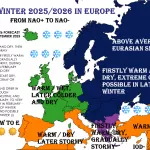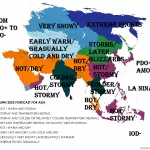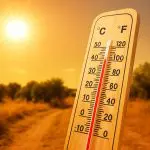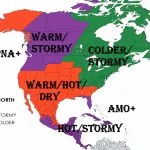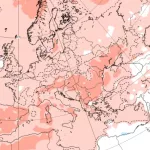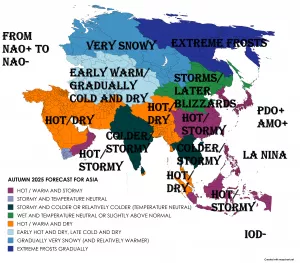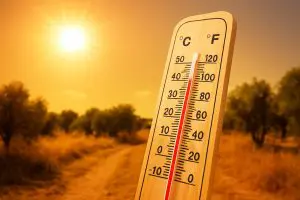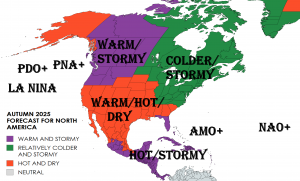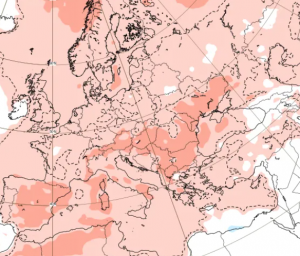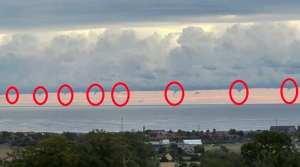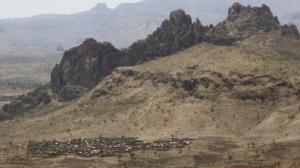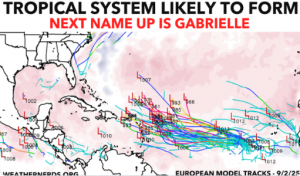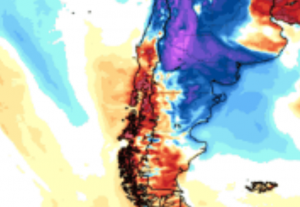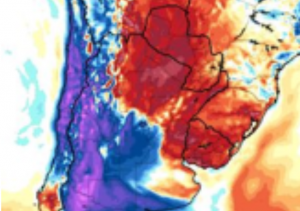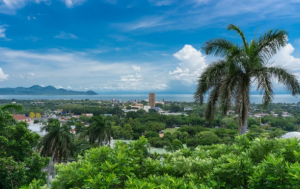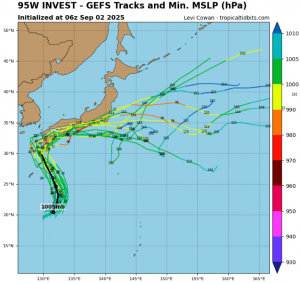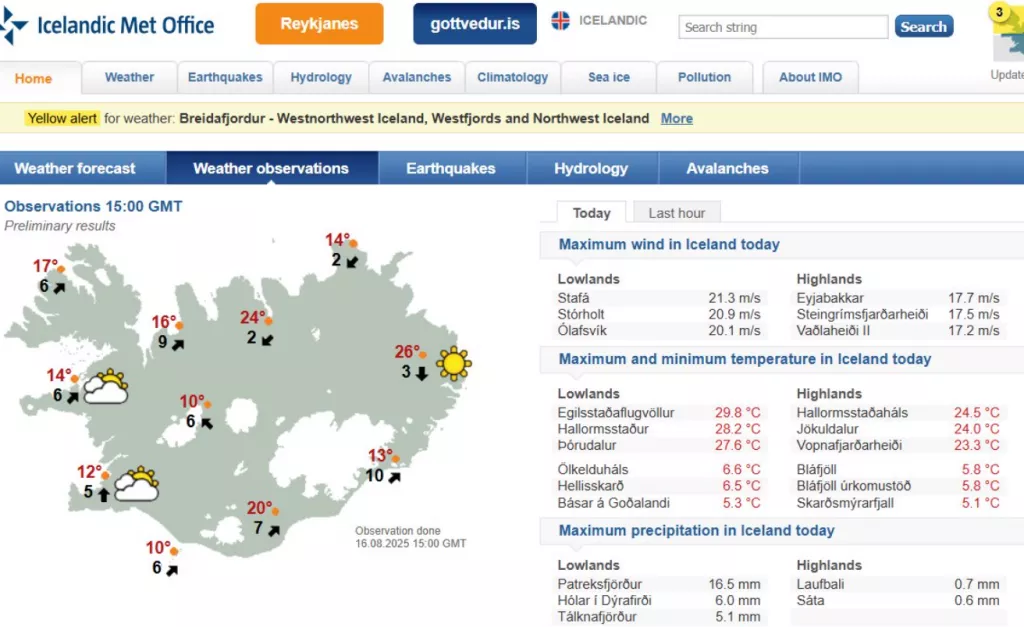
Iceland has experienced an exceptional heatwave, with temperatures soaring to +29.8°C at Egilsstaðaflugvöllur, marking one of the highest readings in the country since July 1946. This remarkable event nearly equaled the national record of +30.5°C and represents the hottest August day in Icelandic history.
Egilsstaðaflugvöllur, located in the east of Iceland, recorded this extraordinary temperature during a brief but intense spell of warm air intrusion from the south. Meteorologists describe it as a historic anomaly, given Iceland’s typically cool summer climate.
Exceptional Nighttime Warmth
Among the most exceptional features of this heatwave was the unusual evening warmth on August 15th. Shortly after 10:00 PM, the temperature at Kvísker, in southeast Iceland, briefly reached 27.0°C. Such high temperatures in the late evening have never been recorded in Icelandic history, highlighting the extraordinary nature of this brief heat surge.
This event underscores not only daytime extremes but also record-breaking nighttime temperatures, which are extremely rare in Iceland due to long summer nights and typically strong cooling from maritime influence.
Meteorological Overview
The heatwave was driven by a combination of factors:
- Persistent high-pressure system over the North Atlantic and Greenland, creating clear skies and sinking air over Iceland.
- Warm air advection from continental Europe, funneled northwards by southerly winds over the North Atlantic.
- Calm conditions, allowing temperatures to accumulate in sheltered valleys and low-lying areas, especially in eastern Iceland.
The spike at Egilsstaðaflugvöllur and the nighttime peak at Kvísker represent the culmination of this short-lived but intense warm spell, which has been described as almost unprecedented in Iceland’s meteorological history.
Impacts and Significance
While the heat did not lead to immediate hazards such as wildfires or heat stress (common in warmer regions), it captured the attention of meteorologists and climatologists, given Iceland’s normally temperate climate:
- Records nearly broken: +29.8°C comes just 0.7°C short of the 1946 record of +30.5°C.
- Historic timing: Occurring in mid-August, the heat is unusual for the late summer season.
- Local observations: Farmers, meteorological observers, and residents noted rapid snowmelt in sheltered valleys and unusually warm evening conditions.
The event serves as a reminder that even high-latitude countries like Iceland are susceptible to short-term heat extremes, particularly when atmospheric patterns allow warm air from continental Europe to penetrate northwards.
Outlook
Meteorologists expect temperatures to gradually return to seasonal norms, but this event will remain a notable benchmark in Icelandic climate records. The combination of daytime +29.8°C at Egilsstaðaflugvöllur and nighttime +27.0°C at Kvísker highlights the rarity and historical significance of this brief warm spell.

Source: Icelandic Met Office

